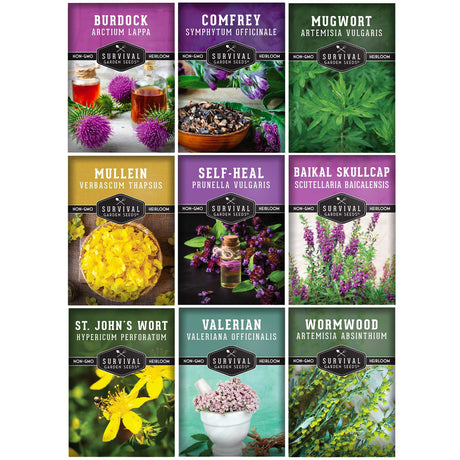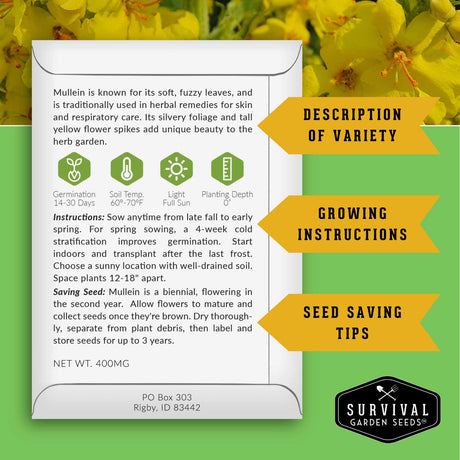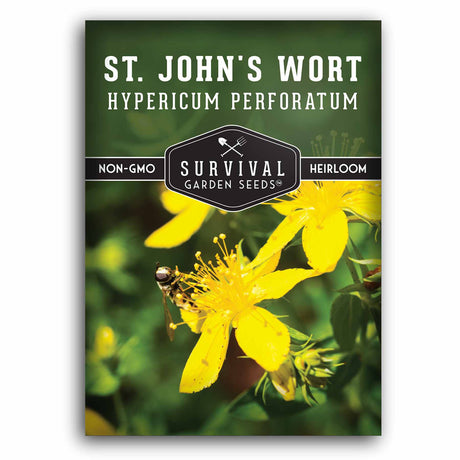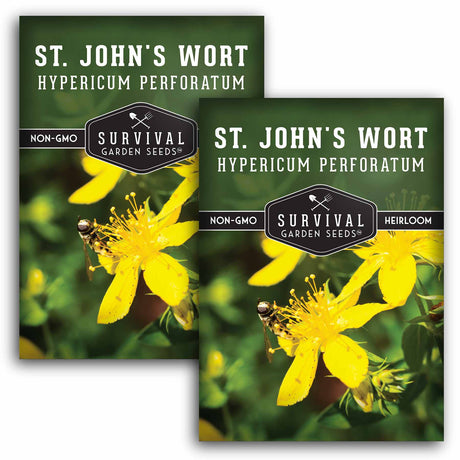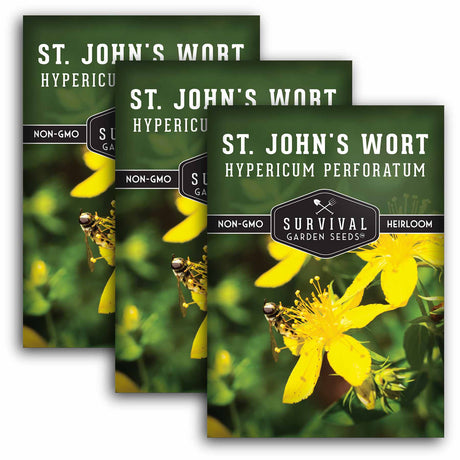
Roots of the Prairie: 4 Native Grasses That Transform Your Garden into a Wildlife Sanctuary
Planting native grasses is more than a landscaping choice; it is an act of restoration. These plants are a low-maintenance display that changes with the seasons.

